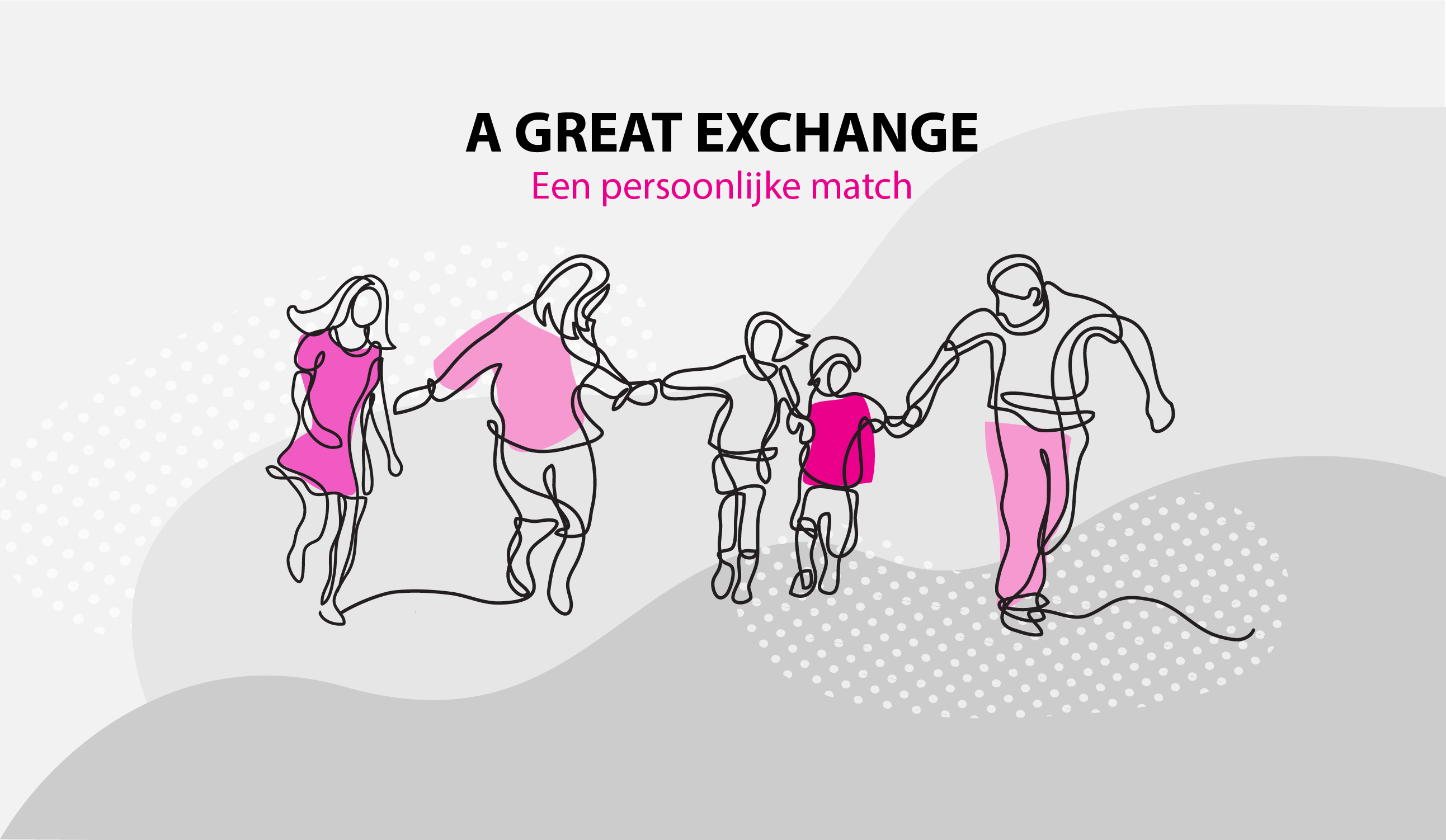07 Feb Technologies Used and Tested in Migration and Asylum Steps
From dialog and vernacular recognition systems to automated decision-making software, a multitude of technologies has been used and tested in migration and asylum techniques. These tools could actually help streamline bureaucratic processes and expedite decisions, benefitting governments and some migrant workers, but they also create new vulnerabilities that require fresh governance frames.
Refugees confront numerous hurdles as they seek a safe residence in a new country, where they can www.ascella-llc.com/generated-post build a existence for themselves. To complete the task, they need to have got a protected way of showing who they are in order to access interpersonal services and work. An example is Everest, the world’s initially device-free global payment treatment platform in order to refugees to verify all their identities without the need for conventional paper documents. Additionally, it enables them to generate savings and assets, to enable them to become self-sufficient.
Other technology tools will help boost refugees’ employment prospects by complementing them with towns where they will flourish. Germany’s Match’In task, for instance, uses an algorithm fed with relevant data on web host municipalities and refugees’ professional experience to get these people in places that they are susceptible to find careers.
But this sort of technologies could be subject to privacy concerns and opaque decision-making, potentially leading to biases or errors that can lead to expulsions in breach of foreign law. And in addition to the hazards, they can generate additional boundaries that stop refugees out of reaching their particular final destination ~ the safe, welcoming region they desire to live in. A/Prof. Ghezelbash is a senior lecturer in abri and immigration law with the University of New South Wales (UNSW). This individual leads the Access to Proper rights & Technology stream within the Allen’s Link for Rules, Technology and Innovation. His research covers the areas of law, computer, anthropology, overseas relations, politics science and behavioural psychology, all of the informed by his personal refugee backdrop.



